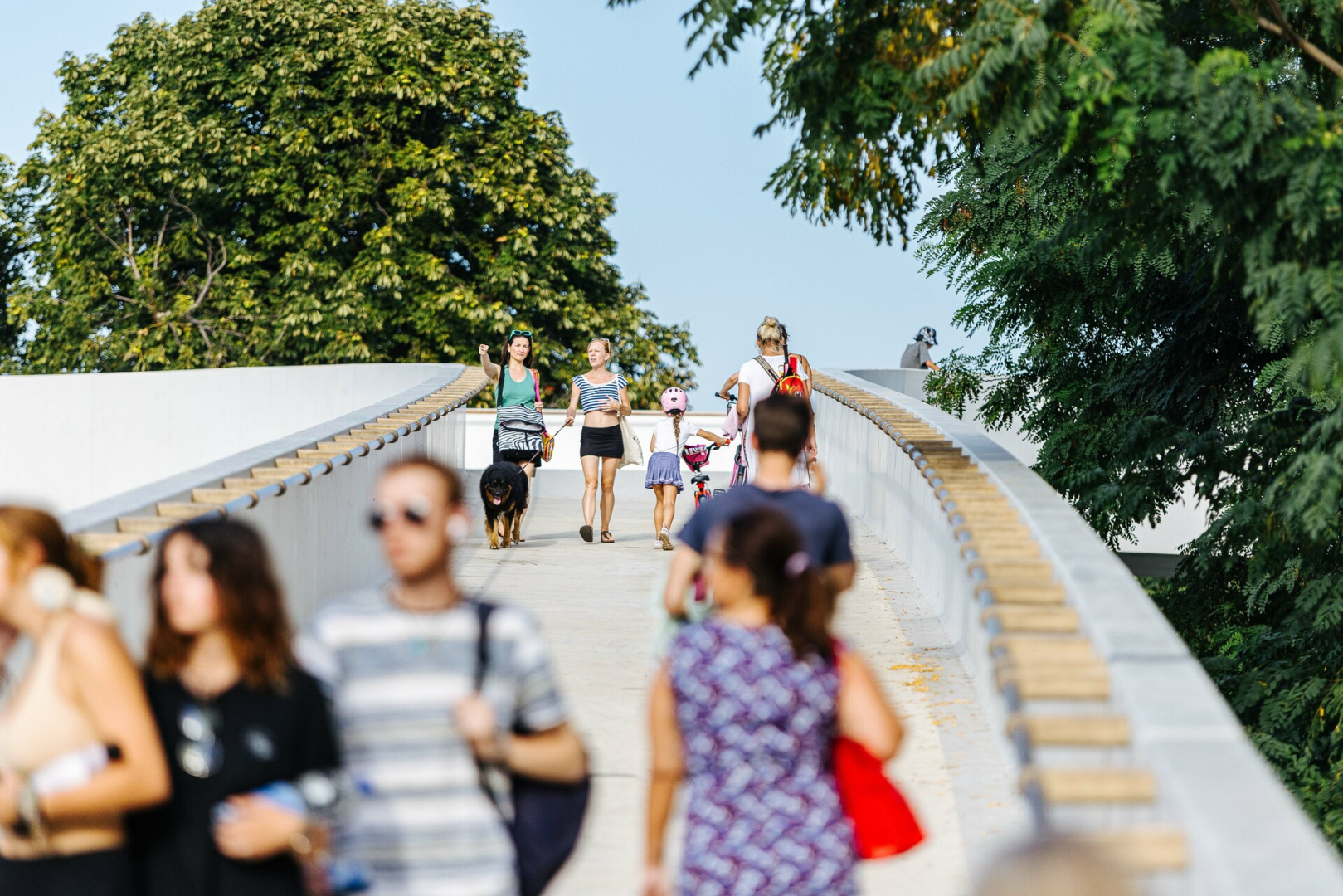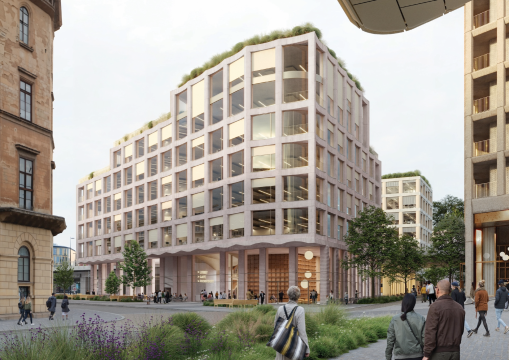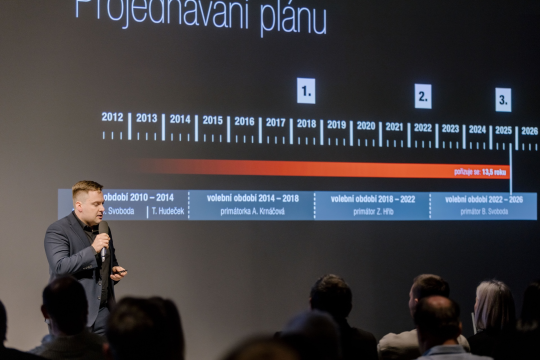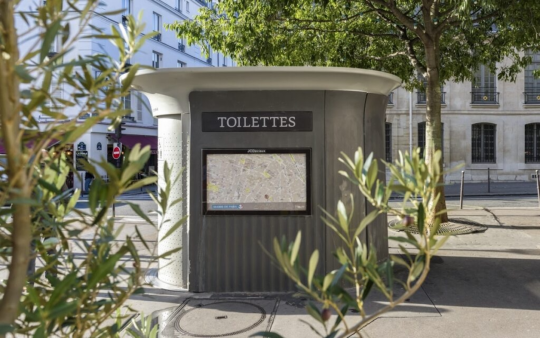How does Prague compare to other European cities? Great public transport, lots of cars, and abundant job opportunities.
The Prague Institute of Planning and Development (IPR Prague) has completed an analysis comparing Prague with 11 other European cities. The analysis shows where Prague leans more towards the West and where towards the East, what are its weaknesses, and what it can be proud of and use to inspire other cities. The analysis goes beyond numbers, offering real examples from other metropolises.

High quality and accessible public transport, lots of cars
Prague has a highly developed rail transport system in the European context. This is absolutely crucial for comfortable commuting in the city. Prague's public transport is also one of the most affordable, which is why so many people use it regularly.
But Prague is also a city of cars. There are 700 registered cars per 1,000 inhabitants, including infants. Only Warsaw has worse statistics. Although the analysis shows that the division between Western and Eastern Europe is slowly blurring, this is not the case here. The cities of the post-Communist bloc clearly stand out; car ownership has not only not declined in recent years, but it is still growing. In the cities of Northern, Western and Southern Europe, the number remains the same or is declining. Moreover, the capital is burdened by additional car arrivals from the Central Bohemian Region; 80 percent of the trips from Prague’s neighboring region are made by car.
Zdeněk Hřib, Deputy Minister for Transport, says: "Prague can inspire other world capitals not only with its quality public transport. The capital has experienced an investment boom in recent years. We are building Metro D, the Dvorecký Bridge, we recently opened the Štvanická footbridge, we are reconstructing the Barrandovský Bridge and we are renovating the Libeňský Bridge. We will soon start the reconstruction of the upper part of Wenceslas Square, including the construction of a new tram line, and we are working on the new Smíchov Terminal. Thanks to these investments, Prague will surely do even better in future comparisons with European metropolises. During my time as mayor, I negotiated billions of crowns from the EU for new urban projects, from transport construction to the revitalization of public spaces. Thanks to EU funding, we are also building a number of tram lines to connect the perimeter of the city with trams. Our ambitions do not end there, however, and we are ready to support the state in the construction of the Prague Ring Road and, in the future, the high-speed rail network (VRT). We believe that our agreement with the state-- that the ring road is a project of national importance and that the state should contribute to its construction—will hold, because Prague cannot afford to build the ring road on its own".
Housing crisis? Yes, but...
The affordability of owner-occupied housing is falling across Europe. The trend is strongest in Prague, Barcelona, and Amsterdam, where residents pay more than 12 gross annual salaries for their own apartments. In most metropolises, the situation is balanced by rental housing, but this is not currently the case in Prague. Although the city does not come out of this comparison in a positive light, it should be stressed that the housing issue is being actively addressed.
Petr Hlaváček, Deputy Mayor for Territorial and Strategic Development, notes: "Some time ago, we set out three basic pillars to address the crisis of housing affordability in Prague. We established the Prague Development Company, which is already working on the construction of 8,000 apartments owned by the city. Coordination of building plans with changes to the Zoning Plan is also important - there are about 140,000 apartments in the largest 23 changes being proposed. And the Methodology of Investor Participation in the development of the city is also important; in addition to securing land for public amenities, it also provides for the transfer of new flats into the ownership of the city and its districts."
Barcelona faces similar problems to Prague, with the rental housing market not offering long-term security. In response, the city has created a new strategy based on increasing tenant protection and, in particular, investing in urban social housing. Thanks to these actions, Barcelona is a little better off and 6 percent fewer people than in Prague are in acute housing need.
Jobs are available, but for little money
Unemployment in Prague has long been very low. This is good for finding work, but may lead to a growing need for labor from abroad in the future. Real incomes of workers in Prague are the highest of the post-communist countries, but in the European context, we still lag far behind. If we compare incomes in relation to what people can afford to buy in a given country, workers in Copenhagen and Munich lead the way, earning twice as much as those in Prague. Even in nearby Vienna, a worker with an average income earns almost a third more than in Prague. However, the purchasing power of the population is gradually increasing in Eastern Europe as well. For instance, the Czech capital can look for inspiration to Bucharest, where favorable conditions are being created for the growth of high value-added sectors such as IT.
Ondřej Boháč, Director of IPR Prague, concludes: "There are many rankings of the most livable cities, but it is often difficult to see where we are better off and where Prague is lagging behind. In the analysis of Prague in the European Context, we compare the Czech capital with similarly large and important European cities. Thanks to cooperation with foreign partners, we have also obtained non-public data, including their interpretation in the local context. The local context is very important for understanding and interpreting the data we have collected. That is why we plan to regularly update the data from this analysis".
The analysis can be viewed at the following link: https://app.iprpraha.cz/apl/app/praha-v-evropskem-kontextu/
You might also be interested in

New Florenc to Be Designed by 15 European Studios: Prague Announces Winners of International Architectural Competitions.

Two public hearings will help Prague residents get to know the draft Metropolitan Plan.

